COUNTDOWN TO ROAD TO BERLIN: INVASION OF SICILY EXHIBITS
INVASION OF SICILY EXHIBITS
In our last blog post of the Road to Berlin countdown, we covered the Invasion of Sicily Gallery. Now, let’s take a deep dive into the gallery’s exhibits!
OPERATION HUSKY
The first step in the Invasion of Sicily – codenamed Operation Husky – was the largest amphibious assault up to this point in the war and introduced specialized landing crafts. Operation Husky will put into perspective the scale and the planning involved in coordinating a major amphibious and airborne invasion, including the vast resources and down to the minute logistical planning required.
TAKING PALERMO
This exhibit will tell the story of how the American Army broke out under the leadership of General George Patton to take Palermo, an important port city on Sicily’s northern shore. This action cut off a vital supply and evacuation route for the Germans. After Palermo was taken, the outcome of the battle became more certain for the Allies at the time.
RACE FOR MESSINA
Race for Messina will focus on George Patton and his well publicized race to Messina against British General Montgomery. Patton arrived in the city just a few hours before Montgomery, and relished in the gifts and adoration of the grateful Italian populace. The Race to Messina and his personal trials solidified Patton’s place as a captivating figure in WWII history and set the stage for the Allied invasion of Italy to come.
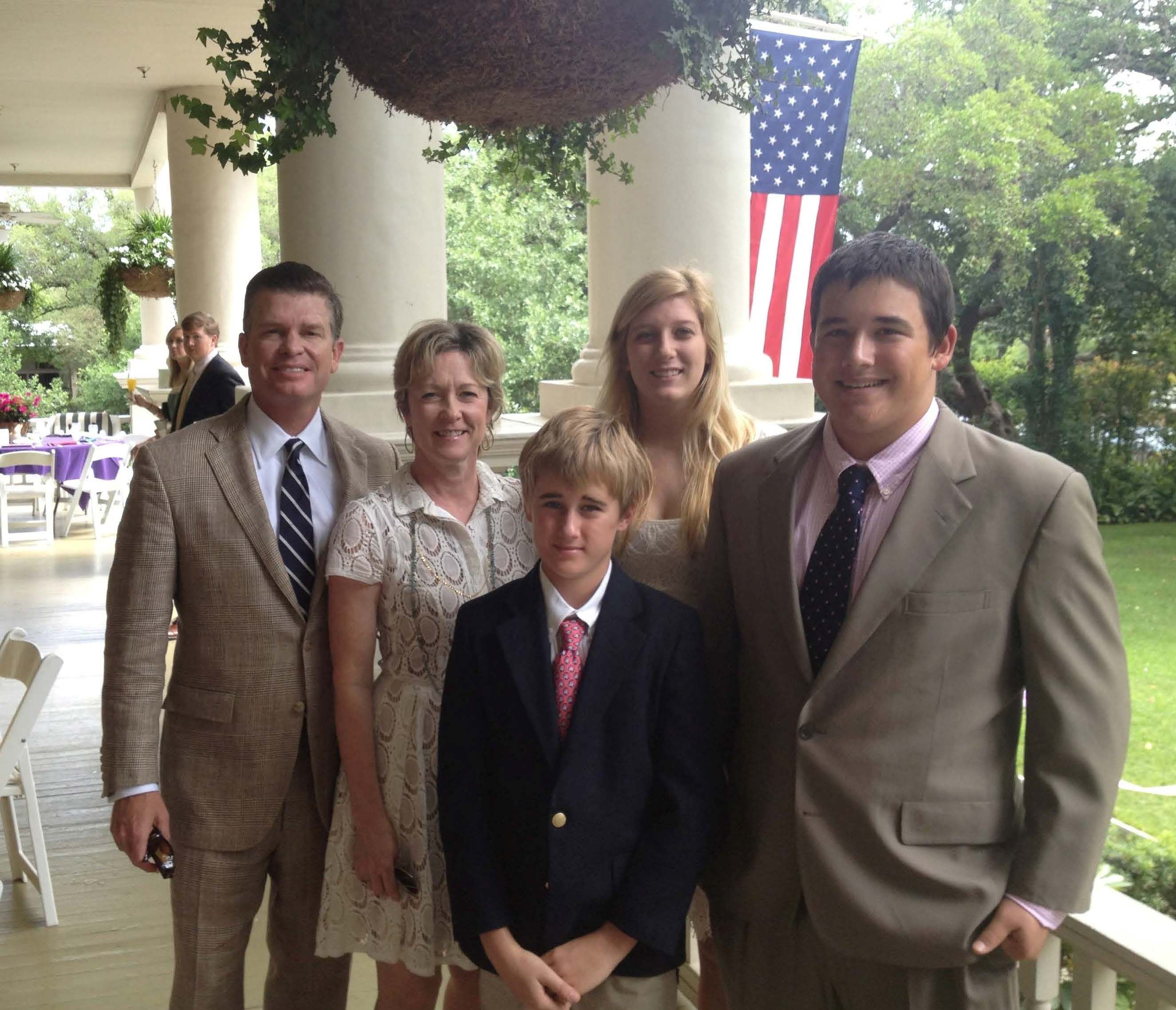 The Lilly Family. Left to Right: Kevin,Lesley, James, Anna and John
The Lilly Family. Left to Right: Kevin,Lesley, James, Anna and John
Donor Spotlight: Mr. and Mrs. Kevin J. Lilly
Kevin J. Lilly was born at Bitburg Air Force Base, Germany. His father, Lieutenant Colonel Albert J. Lilly, was a career Air Force officer, and Kevin’s family moved all over the world as he was growing up. Albert served in the British army during WWII as an American volunteer in North Africa. He was part of what was called the American Volunteer Group, or AVG. Accompanied by his friend Billy Benedetti, he was working in Africa as a free-lance photographer when the attack at Pearl Harbor occurred and changed their entire objective for being there. The two of them went over together but only Kevin’s father came back, “which unfortunately was fairly standard for those days,” Kevin said.
After the war, Albert returned to the United States and went through traditional officer air cadet training as a navigator and flight engineer. He loved his military service and was part of the transition of the Army Air Corps to the Air Force. He served for nearly 30 years until his retirement.
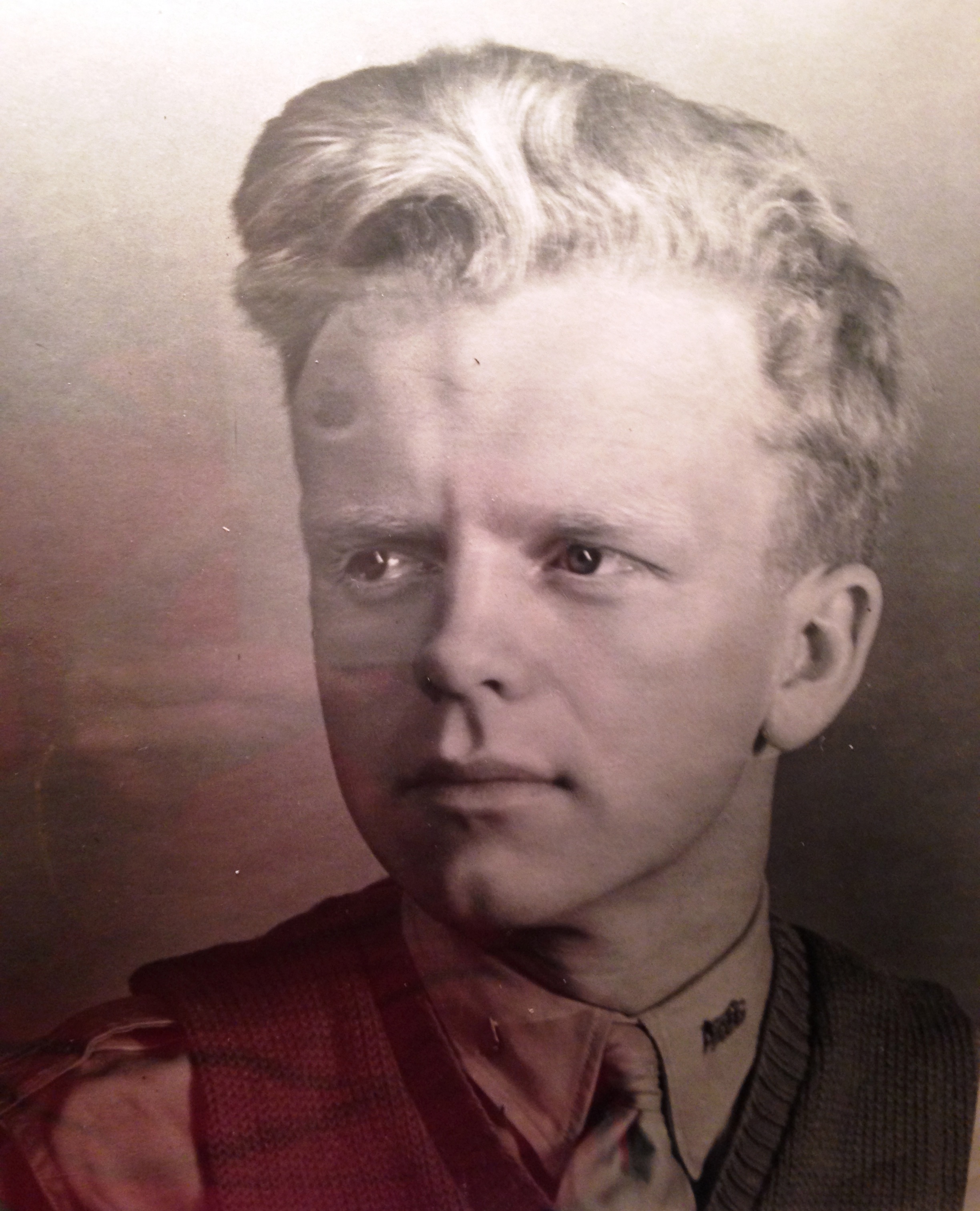 Lieutenant Colonel Albert J. Lilly in his American Volunteer Group uniform in North Africa.
Lieutenant Colonel Albert J. Lilly in his American Volunteer Group uniform in North Africa.
Kevin’s family is rich in military history. “We talked military around our table all the time,” he said. “That was the staple conversation.” Kevin attended Antonion College Preparatory High School in San Antonio, and then enrolled at the University of Texas for his undergraduate studies. While at UT, Kevin met his wife, Lesley, and was commissioned as a Lieutenant in the US Army.
Kevin then earned his MBA from Southern Methodist University. His first job after graduation was with Goldman Sachs & Co. in New York. In 2001, he and his former partners left Goldman and started Avalon Advisors. He currently serves as founding partner and President of Avalon Wealth Management LLC. Kevin is also currently a Lieutenant Colonel in the Texas State Guard, commanding the third battalion second regiment.
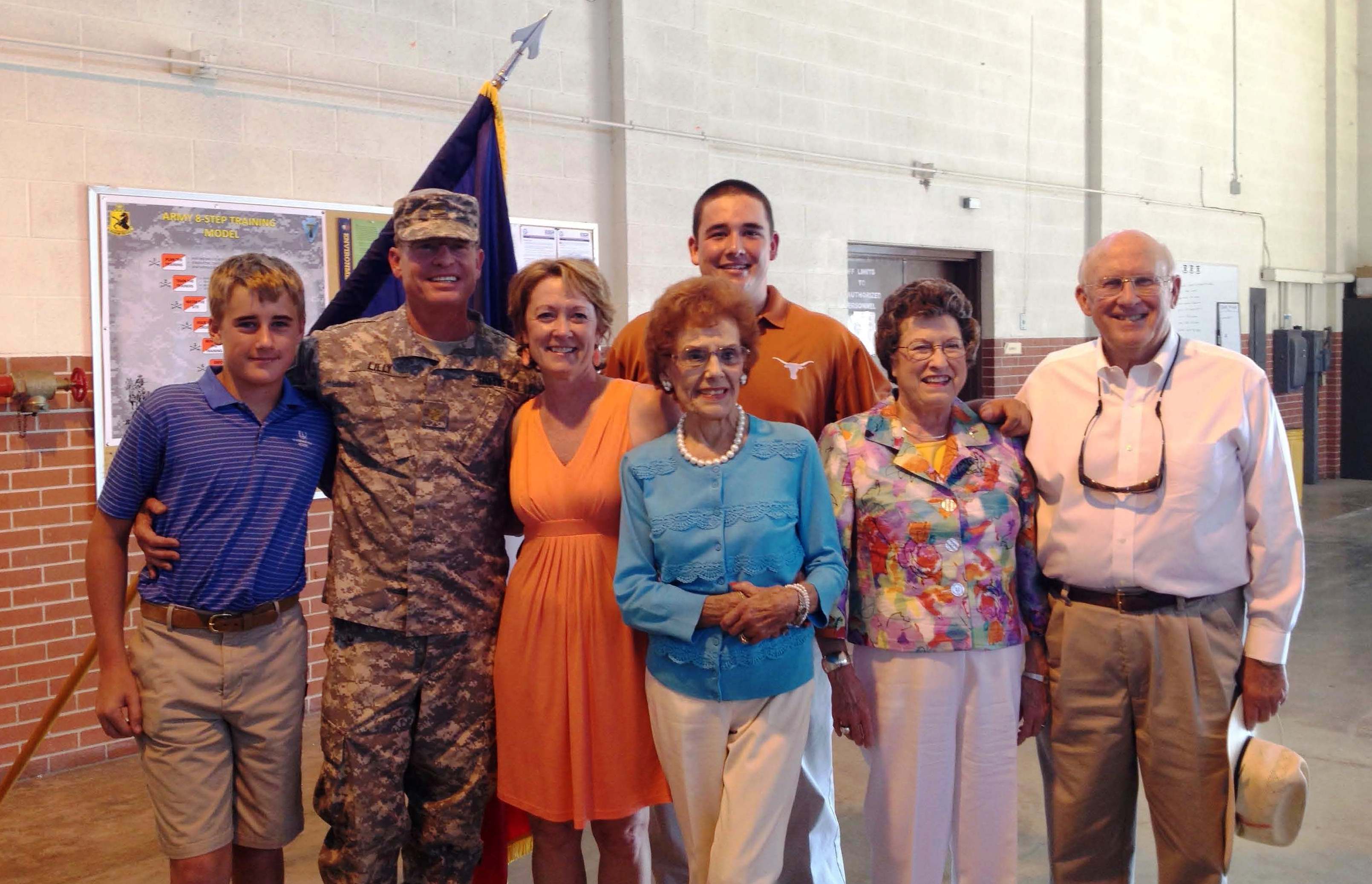 LTC Kevin Lilly at his assumption of Command for 3rd Battalion 2nd Regiment Texas Guard. August 2013. Left to Right: James Lilly, Kevin Lilly, Lesley Lilly, Rose Lilly, John Lilly, Mary Kay Heck and Llano County Commissioner (ret) Johnny Heck (former USAF Officer)
LTC Kevin Lilly at his assumption of Command for 3rd Battalion 2nd Regiment Texas Guard. August 2013. Left to Right: James Lilly, Kevin Lilly, Lesley Lilly, Rose Lilly, John Lilly, Mary Kay Heck and Llano County Commissioner (ret) Johnny Heck (former USAF Officer)
Kevin was first introduced to The National WWII Museum through two of his friends and former Museum Trustees, Frank Stewart and Frank Levy Museum Trustee Donald “Boysie” Bollinger then arranged a tour for the Young Presidents’ Organization, in which Kevin is a member. Kevin attended the tour and as he journeyed through the campus he experienced, “a cultural immersion into [the period] 1941 to 1945. It is really like being swept back 70 years.” Shortly after, Kevin joined the Museum’s board.
Kevin served on the board during a crucial time for the Museum after Hurricane Katrina. He remembers when “we didn’t know if the doors were going to be able to stay open.” Kevin joined other Museum trustees and staff and, with help from several generous donors, pushed the Museum forward. Kevin remembers the Grand Opening of the Victory Theater complex as “the finest program I have experienced in my life. Not only as far as execution and sheer delight, but it was so rewarding because the people that had worked so hard were able to sit back and know that we had made it. It was remarkable that actually happened.” Kevin is also grateful for the significant gift from the Solomon family during that time to name the Solomon Victory Theater. “It was so critical,” he said. “I’m not sure that the Museum would be where it is today had it not been for that gift to create that theater and get things jump-started.”
After Kevin joined the board, he and Lesley knew that they wanted to make a financial commitment. He said the choice to support and name the Race for Messina exhibit within the Invasion of Sicily gallery was appropriate “for several reasons. A lot of the men that served in Sicily also spent time in North Africa. The area in North Africa where my father served was also former Italian colonies.” He added, “There was a definite synergy between North Africa and Sicily and we felt it would be an appropriate way to pay homage to my father’s service in the Mediterranean area. My mother is a first-generation Sicilian Italian American. Both of her parents were born in central Sicily.”
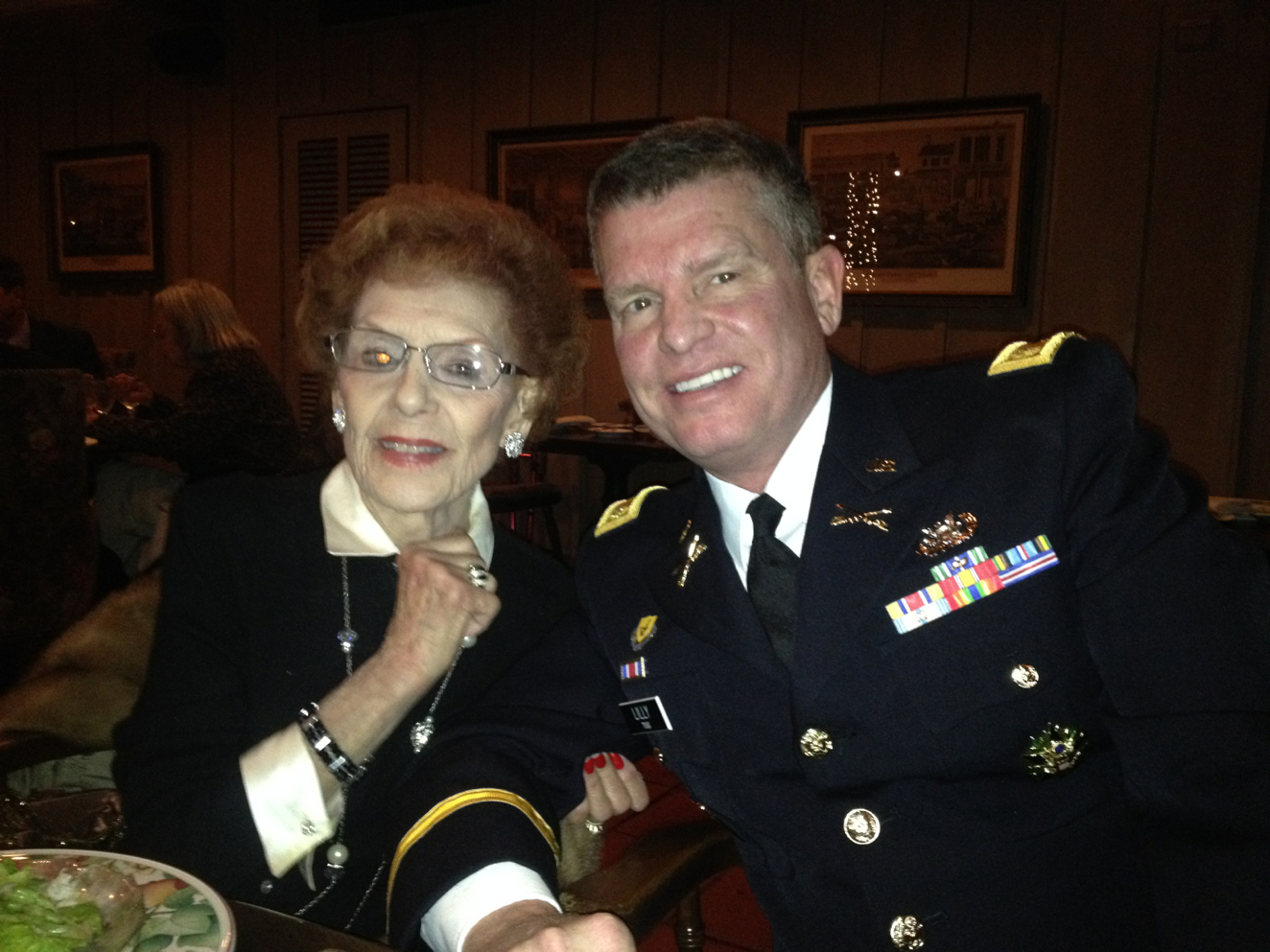 Kevin and his mother, Rose Lilly. She worked for the US Army in WWII while Kevin’s father was on duty.
Kevin and his mother, Rose Lilly. She worked for the US Army in WWII while Kevin’s father was on duty.
Kevin supports the Museum to preserve the WWII story for his children and for the children of future generations, “to make sure that the extraordinary effort of every American during the time of World War II is not tainted or sullied by revisionist historians and that the unbelievable sacrifice that was made is forever perpetuated. Truly our finest hour as a nation existed from 1941-1945. I want people to be able to look back and feel good about what did accomplish and what we can accomplish as a nation. I don’t want that to be lost.”
Kevin is a strong advocate for the Museum, sharing his view that The National WWII Museum is “the most important cultural museum in our country. The Museum is a never ending testament to the courage, bravery, and intrepid desire of the nation. The overwhelming transformation that occurs when you go into the Museum is like nothing that you can experience anywhere else. The Museum is extremely valuable as a portal into arguably the most important part of our history.”
We would not be able to experience the freedoms that we do today without the sacrifices of WWII veterans such as Albert J. Lilly and Billy Bennedetti – freedoms that are guarded through the service of Kevin Lilly and other veterans of today. The National WWII Museum is extremely grateful for Kevin’s leadership on the board, for Kevin and Lesley’s generous financial support of the Museum, and for Kevin’s ongoing service to our country.
Up next, the Italian Campaign gallery
Post by Lauren Bevis, Donor Relations Manager, and Ashley Nash, Prospect Coordinator.
- Posted :
- Post Category :
- Tags : Tags: Road to Berlin Countdown
- Follow responses to this entry through the RSS 2.0 feed. You can skip to the end and leave a response. Pinging is currently not allowed.


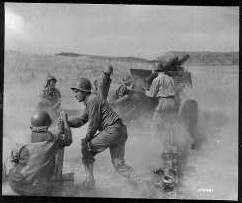
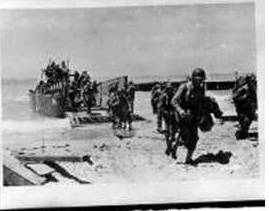



Leave a Reply